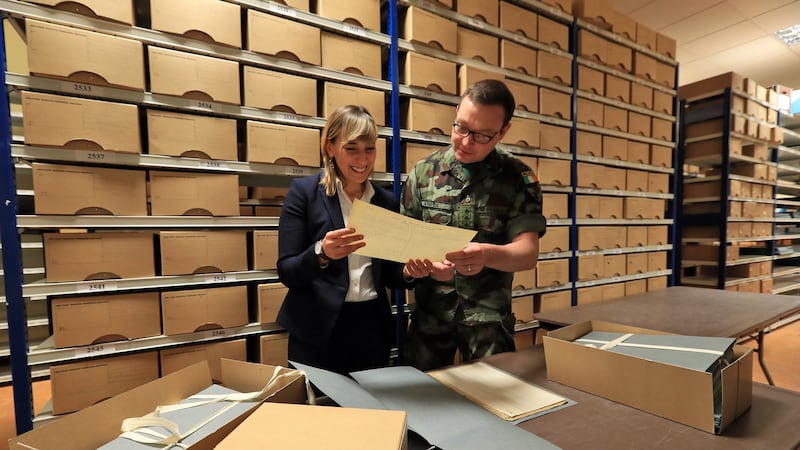Students of Junior Cycle history examine the impact of nationalism and unionism, including key events from 1911 to 1923 (Learning Outcome 2.4). The actions and motivations of people in this period require careful consideration by teachers and students.
[ Read the complete Century: 1923 Birth of a Nation seriesOpens in new window ]
The articles in this resource offer Junior Cycle history teachers an opportunity to help students understand the people, issues and events of 1923 in the context of the time in which they took place (Learning outcome 1.1) and serve as a pathway for deeper research.
Students of history in Junior Cycle demonstrate chronological awareness by creating and maintaining timelines to locate personalities, issues and events in their appropriate historical eras (Learning outcome 1.11).
The timeline – ‘what happened in 1923′ – is an excellent prompt for students to research some key events of this year in their own locality as the country moved from the final events of the Civil War into the birth of a new nation.
Prof Terence Dooley’s article on “burning down the big house” may arouse the curiosity of students on the fate of the ‘big house’ in their own locality. The article can support students when they make connections between local, personal or family history and wider national and/or international personalities, issues and events (Learning Outcome 2.11).
The final months of the Civil War saw some of its most brutal acts take place in Kerry. Owen O’Shea’s article, “the terror month” is a fine resource to stimulate classroom debate when students are expected to consider contentious and controversial issues from more than one perspective (Learning outcome 1.2).

By engaging with Sinead McCoole’s article on “suspect women” incarcerated during the Civil War, students can begin to understand how women’s experiences in Irish society changed during the 20th century (Learning outcome 2.9) both before and after the conclusion of the civil war in 1923.
The article on My family and the Civil War, should serve as a reminder of the importance of local libraries and historians. This resource can be a conduit to exploring the Civil War period in a student’s locality. It also highlights the importance for students to be aware of objectivity and subjectivity when making conclusions about family history.
Students of Junior Cycle history evaluate the role of a movement or organisation, such as the European Union or United Nations, in promoting international cooperation, justice and human rights (Learning outcome 3.12).
Michael Kennedy’s piece on the League of Nations reminds us of the Irish Free State’s first foray into international co-operation. It provides the basis for important questions which students may research, such as: why did the Free State join the League of Nations? What benefits, if any, did Ireland receive from its membership of an international organisation in 1923?
1923 in 23 objects can allow students to debate the usefulness of different types of primary and secondary sources of historical evidence, such as written, visual, aural, oral and tactile evidence (Learning Outcome 1.6). Alternatively, it may prompt a research task set by teachers for students to discover 10 objects from their own area which reflect different aspects of the past in their place from 1923.
Daniel Campion is team leader for history with Junior Cycle for Teachers











